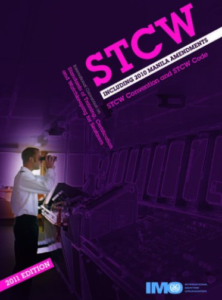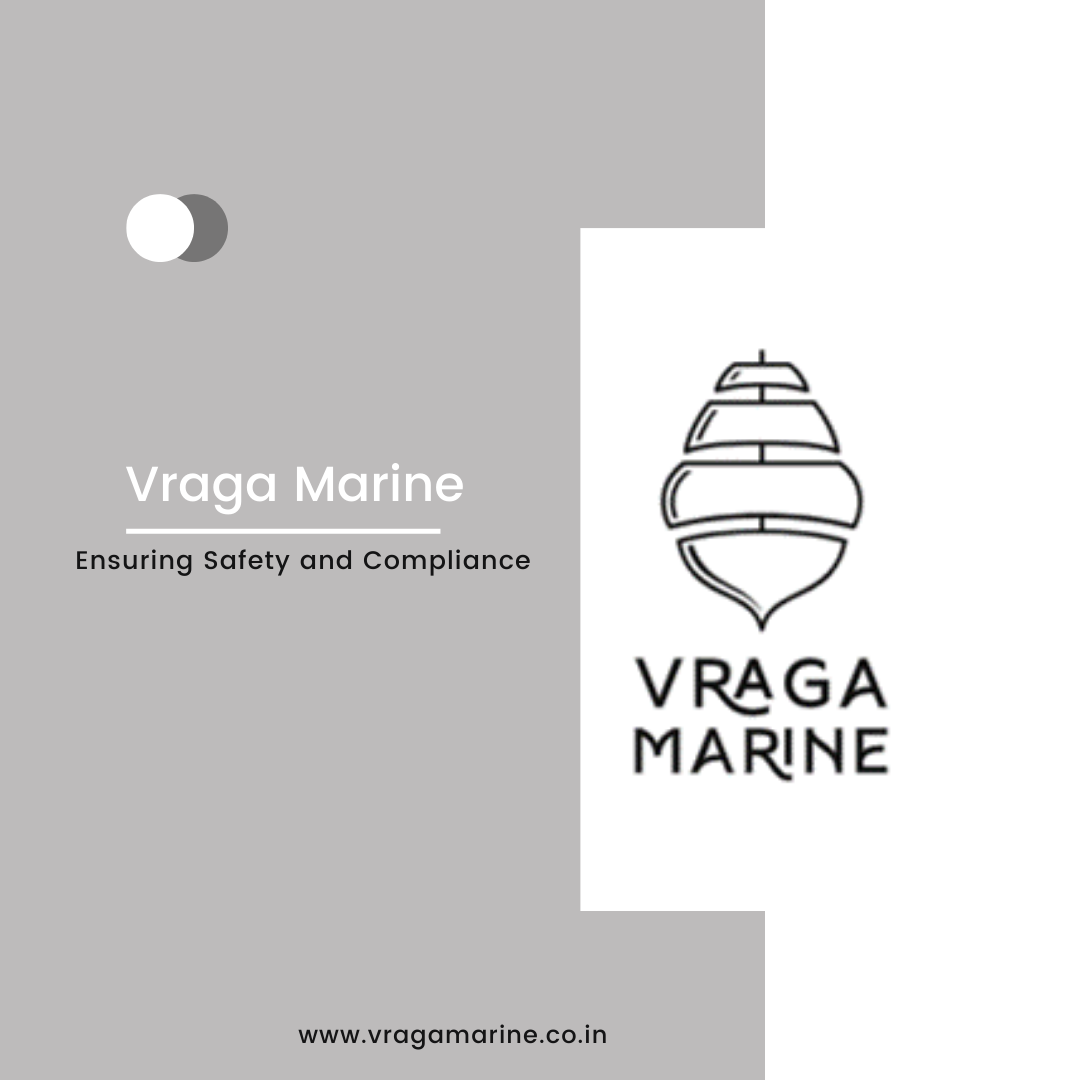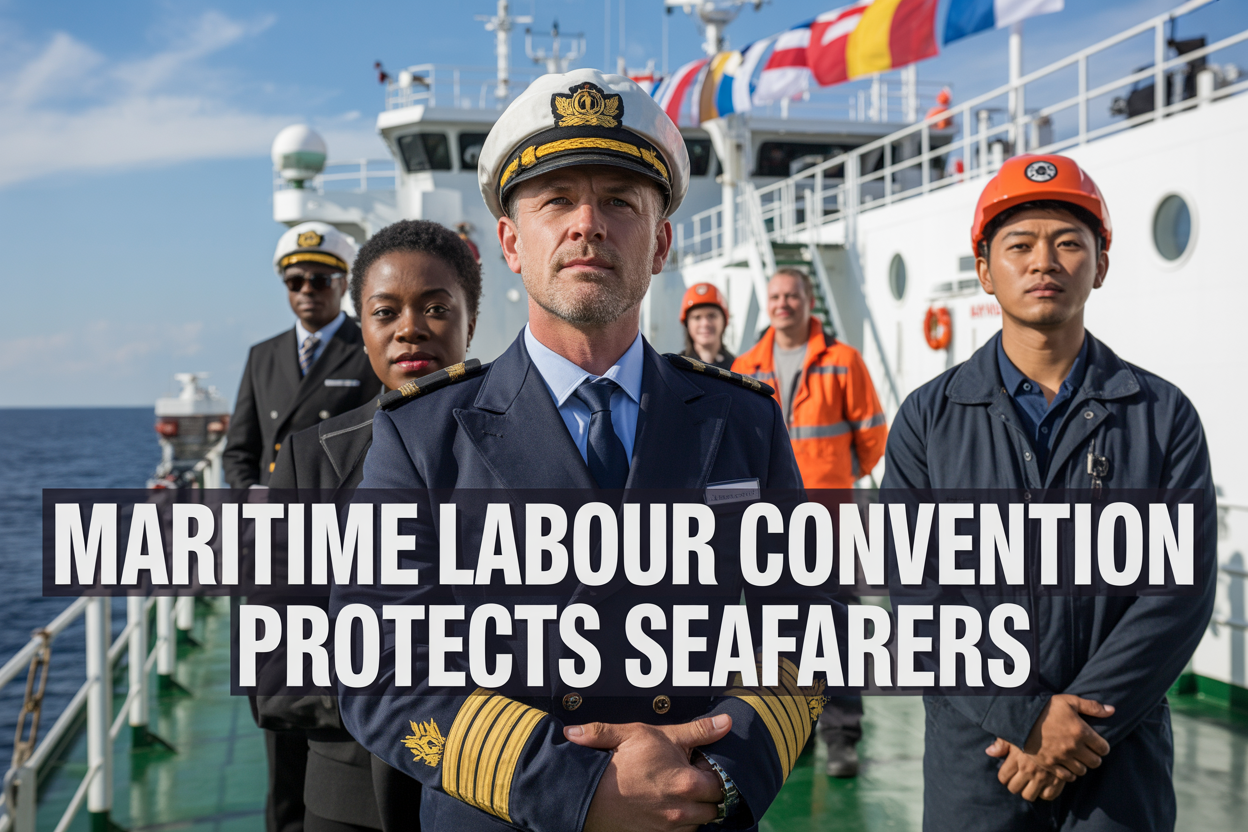Crew Compatibility: A Key to Safer Operations in High-Risk Tasks

As a Marine Quality Analyst, I have often found myself analyzing incidents and contemplating how safety systems and human dynamics on board vessels interact. Recently, I’ve been delving into the topic of enclosed space safety—a pressing concern that demands industry-wide attention. While procedural lapses and training gaps frequently appear in discussions, I believe we need to also explore a factor: crew compatibility.
The tragic Nord Magic incident, where two individuals lost their lives in an enclosed space, serves as a sobering example. This case resonates deeply with me as I was involved in developing the procedures from the seafarers’ side as Sailing Master during those days and had worked closely with the team and procedures prior to the incident. This tragedy not only highlighted systemic failures but also underscored the importance of communication and interpersonal relationships within the crew.
Learning from the Nord Magic Investigation
The DMAIB investigation into the Nord Magic incident revealed two critical shortcomings:
- Procedural Lapses: Technicians entered the tank without a valid work permit, and the crew failed to intervene, reflecting a breakdown in safety enforcement.
- Safety Management System (SMS) Issues: The gap between documented procedures and real-world practices highlighted inconsistencies, indicating that training and procedural adherence were inadequate.
While the DMAIB rightly recommended enhanced training and adherence to procedures, I believe there’s more to be addressed. The human element—how crews interact, communicate, and support each other—is just as critical as technical and procedural compliance.
The Importance of Crew Compatibility
Training often focuses on technical skills and knowledge transfer but neglects the dynamics of teamwork. Seafarers live and work in close quarters for months at a time, balancing professional responsibilities with personal challenges. This dual burden influences how well they communicate and collaborate.
Key questions arise:
- Are crew members comfortable raising concerns?
- How freely do they share observations about safety or operational issues? (Most of the near misses observed during audits are about PPE standards.)
- Does the team dynamic promote trust and understanding?
Crew compatibility is not merely a function of technical competence; it is about creating a supportive environment where every crew member feels valued and heard.
Challenges in Training and SMS Familiarization
The foundation of safety lies in training and adherence to the SMS. However, current systems pose significant challenges:
- Regulatory Overload: The SMS, guided by regulations such as MARPOL, SOLAS, and the ISM Code, often spans 1,400–2,000 pages. This overwhelms seafarers, who must reference these dense guidelines during dynamic situations.
- Complacency: Many crew members perceive SMS procedures as similar across companies, leading to a lack of engagement with company-specific instructions.
- Retention Issues: Expecting crews to memorize extensive procedures is unrealistic, especially under the pressures of high-risk operations.
Proposed Solutions: Simplifying the SMS and Enhancing Training
To address these issues, we need to rethink how we present and deliver training:
Simplified SMS Structure
- Separate regulatory guidelines (standardized content) from owner-specific procedures.
- Use color-coding for easy identification of owner-specific content.
Interactive Training Modules
- Create concise, video-based modules for synchronous training.
- Regularly refresh training based on incident data and observed gaps.
By streamlining the SMS and leveraging digital tools, we can create a more intuitive framework that enhances both understanding and retention.
Crew Compatibility: The Missing Framework
Despite advancements in technology and a growing focus on human factors, the maritime industry lacks a structured approach to assessing crew compatibility. Compatibility isn’t just about ensuring certifications—it’s about building cohesive teams that communicate effectively and support each other.
How to Measure and Improve Compatibility
- Predictive Models: Leverage AI and data analytics to assess compatibility based on training, cultural background, age, nationality, and gender.
- Human Factor Integration: Incorporate human factor parameters from “Energy Institute” into risk management processes, focusing on team dynamics.
- Crew Compatibility Scores: Develop tools to generate a compatibility score, which can help ship managers make informed decisions about crew composition.
While initiatives like SIRE 2.0 by #OCIMF emphasize human factors, their focus remains on procedural knowledge and competency. To truly improve safety culture, we must go beyond this and evaluate how well crews work together.
A People-Centric Approach to Safety
The maritime industry often says, “It is the people who make the ship safe and happy, not the other way around.” This timeless truth highlights the central role of seafarers in ensuring safety and operational efficiency.
By simplifying training, fostering effective communication, and prioritizing crew compatibility, we can build a culture where safety is a shared responsibility. Let’s remember that technology and procedures are tools—ultimately, it is the people who bring them to life.
As a Marine Quality Analyst, I firmly believe that investing in crew compatibility frameworks and streamlined training systems is the key to transforming safety culture onboard vessels.



